|
“Historically, pandemics have forced humans to break with the past and imagine their world anew. This one is no different. It is a portal, a gateway between one world and the next. We can choose to walk through it, dragging the carcasses of our prejudice and hatred, our avarice, our data banks and dead ideas, our dead rivers and smoky skies behind us. Or we can walk through lightly, with little luggage, ready to imagine another world. And ready to fight for it.” Arundhati Roy, Financial Times, April 2020 Dear Friends, 2020 marks a year that has offered no shortage of reminders that a reckoning is in order. The coronavirus pandemic, George Floyd’s murder highlighting centuries of systemic racism, and the climate crisis each drive home deeply troubling complexities in our world. It is a year that challenges any sense of normalcy and, I hope, any sense of complacency. 2020 also marks Friends’ 30th anniversary. Because of your support through the years, Friends of the Mad River’s foundations are strong, our work for healthy land and clean water is relevant, and we are poised to help our community build a resilient and equitable future. We hope we can count on you as a partner for that future. 2020 calls for appreciation, reflection, re-imagination, and change. Looking towards the next 30 years, we had planned to launch a year of climate conversations in March, bringing people together to learn from one another and celebrate the Valley we love. However, the pandemic made this seem impossible. But your energy this summer showed us otherwise. Across the digital ether, via Friends’ #madshedlove program, neighbors shared images and stories about life in the MAD River Valley and the waterSHED that connects us, reminding us all of how powerful our LOVE of this place can be. Storm Smart home assessments and fixes, tree plantings, Ridge to River cross-watershed resilience action, and Mad River Watch data collection were adapted safely and forged stronger connections among people, land, and water. The community’s love of this place, innovative spirit, and engagement in spite of difficult circumstances are inspiring. Now, more than ever, a deeper dialogue and coordinated action to address the complex realities of climate change are necessary, and also feel possible. Here we are, with the opportunity to embrace the interconnections of equity and justice for people and the protection of the planet, to walk lightly as we imagine the world anew. Friends envisions weaving together diverse groups and community members to pause for reflection, reimagine our future, and build a shared vision of the route forward. We want to embrace this community’s creative spirit to work across municipal borders, organizational missions, business bottom lines, and personal interests to figure this out together. We want to be honest about our own limitations and biases in the process, to challenge ourselves and others to listen more deeply and to foster meaningful relationships that tackle systemic issues including race, class, and gender. It might be slow, it will involve Zoom more than we’d like, but it is the charge of our time. We are dreaming big – how can we transform our community, not just to address problems headed our way, but to see the potential of what we can become together? As this community navigates the ‘gateway between one world and the next,’ would you join with us in reimagining the Valley’s future as one that, like ecological systems, finds balance in complex and diverse connections?
Please consider becoming a member at this time – your participation, ideas, and financial suppot are critical to ensuring that, over the next 30 years, Friends of the Mad River can stand up for what matters most. With appreciation, hope, and fortitude, Corrie Miller, Executive Director and the Board of Directors Kinny Perot, President, Richard Czaplinski, Vice President, Sucosh Norton, Treasurer, Ned Farquhar, Secretary, Ned Kelly, Jeannie Nicklas, Brian Shupe, Katie Sullivan, & Matt Williams Photos throughout for #madshedlove. The crisis of Tropical Storm Irene in 2011 exposed the interconnectedness of the Mad River Valley (MRV). Not only laying bare connections be tween the river and individual livelihoods and community well-being, Irene also showed The Valley’s close social fabric as the community pulled together. Throughout its 30 years, Friends of the Mad River (FMR) has pulled together with other organizations and individuals to strengthen a cleaner, safer and more resilient Mad River Valley. That aim and vision for The Valley have been articulated most recently by FMR’s Ridge to River (R2R) initiative, with resilience learning, planning and action driven by volunteers from The Valley’s five towns.
Ridge to River evolved from a group of 20 Valley residents who participated in the 2015 Leahy Center Environmental Summit to brainstorm ways to build flood resilience here. The idea that better runoff management would be a way that the community could reduce flooding challenges catalyzed the group’s work while funding from the High Meadows Fund launched R2R in earnest. The R2R task force includes representation from select boards and planning com- missions of all five watershed towns, Sugarbush Resort, Mad River Valley Planning District and community members, with meetings led by FMR. The task force first hired consultants to gather information about the community’s landscape and planning vulnerabilities, hosted two interactive community forums that highlighted local successes and sought input and ideas, and then worked across the towns to lay out and advance action steps. “In the past, we started in the river corridor and now our thinking has expanded to include everything ... which makes more sense because water starts high and goes low,” said John Hoogenboom, R2R representative from the Moretown Select Board. R2R has launched several programs and shares learning across town boundaries to build resilience. SPECIFIC VULNERABILITIES A 2017 Stone Environmental report commissioned by R2R highlights several specific vulnerabilities. The MRV has relatively high road densities with some 437 miles of roads. Of these, one-third are private and of those 40% have steep slopes. Many steep roads, especially those without regular maintenance, cause fast moving, erosive water to quickly fill streams and rivers. In prioritizing the importance of maintaining MRV roads so they better slow, spread and sink runoff from increasingly harmful storms, several FMR programs emerged. Storm Smart works with private landowners to help them manage their property and driveways to reduce erosion. Road Roundtables host members from all five town road crews to meet regularly and share challenges, expertise and solutions. “We’re not competitors, we’re all a part of taking care of this Valley. You (other crews) need something, we’ll help,” Rodney Jones, Waitsfield road foreman, remarked at one Road Roundtable. To also address fast moving runoff that can result from developed areas, the R2R taskforce worked with FMR and Central Vermont Regional Planning Commission to complete stormwater master plans in 2019 for each of the five towns, prioritizing areas listed for improved infrastructure, especially green stormwater infrastructure. Now, each town is working to advance those plans through engineering design and construction phases. FOREST COVER Another critical finding from the Stone Environmental report was that in the decade between 2001 and 2011, the MRV lost about 450 acres of forest cover. Because healthy forests are an important tool for resilience, watersheds with less than about 65% forest cover suffer significantly more erosion and flooding problems. Seven sub-watersheds in the MRV are below, or at this threshold and likely impacting the river. Working groups of R2R volunteers are now learning more about how they can support community education and healthy forest management for clean swim holes, climate resilience and healthy wildlife populations. Ridge to River has been learning, acting and taking innovative steps forward for over five years. Not a static group, the task force keeps energizing and creating ways of responding to build resilience within the connected, watershed valley. This article was written by Mary Gow and FMR staff and was originally published in the Valley Reporter on September 17, 2020 Want to Transform your Land? The relationship between the plants that blanket our Valley and the water that flows through it is essential to the health of our rivers and the resilience of our communities. Plants absorb the impact of storms by slowing down rainfall and snowmelt, allowing it to absorb into the groundwater, and by reducing the surface runoff which can cause damaging erosion. Plants absorb carbon, provide shade, and act as habitat for wildlife, mediating the impacts of a changing climate. It was humans in the 19th century who cleared the forests from Vermont’s hills and valleys. It can be humans in the 21st century (and beyond!) who care enough to re-forest many of the places still not recovered. Until you dig a hole, you plant a tree, you water it and make it survive, you haven’t done a thing. You are just talking.” ― Wangari Maathai Restore Riparian Areas One way we can help is by restoring the sensitive and critical riparian buffers which run along our streams and rivers. These buffers take all the benefits of plants, multiply them, and concentrate them to create a riparian backbone of clean water, wildlife habitat, and resilient floodplains. This fall and winter, Friends is working to find people interested in strengthening and restoring the riparian buffers along their property. Whether this is up in the mountains on the banks of Freeman Brook or along the main stem of the Mad itself, we want to work with you to make it happen. Your property might be eligible for buffer plantings at no cost to you. Friends has a long history of bringing the resources, partners, and community members needed for these projects together - but it all starts with you! Get in touch with us at [email protected] or visit us online to schedule a site visit. Friends staff can meet with you to provide assistance in identifying native trees and shrubs that will suit your property and determine your property's eligibility for programs to cover the cost of the trees. Those trees, those trees, those maple trees! All my life I’ve been searching for trees such as these.... While we might not the have the softer than silk Truffula Tufts, we are truly grateful for the Friends of The Mad River and the intention of beautifying our home, and working to create Forested land and rivers that will carry on for years to come.... I have nothing but thanks to Ira and the people of our valley who share in the philosophy of sustainable ecology, fostering nature and making our home a beautiful place to live." |
Friendsof the Mad River Archives
July 2024
Categories |
Proudly powered by Weebly

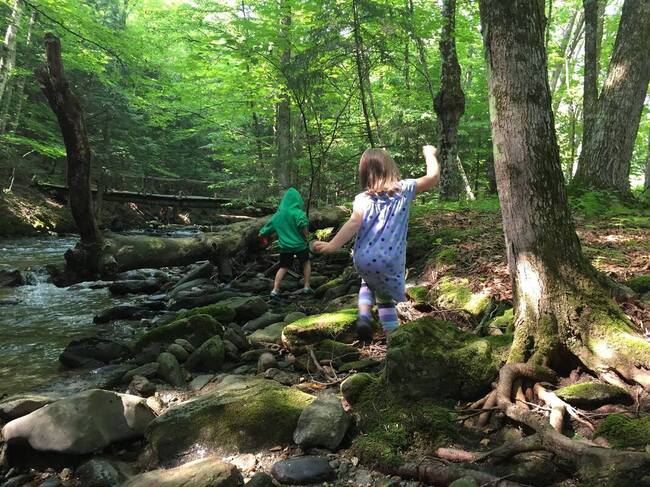
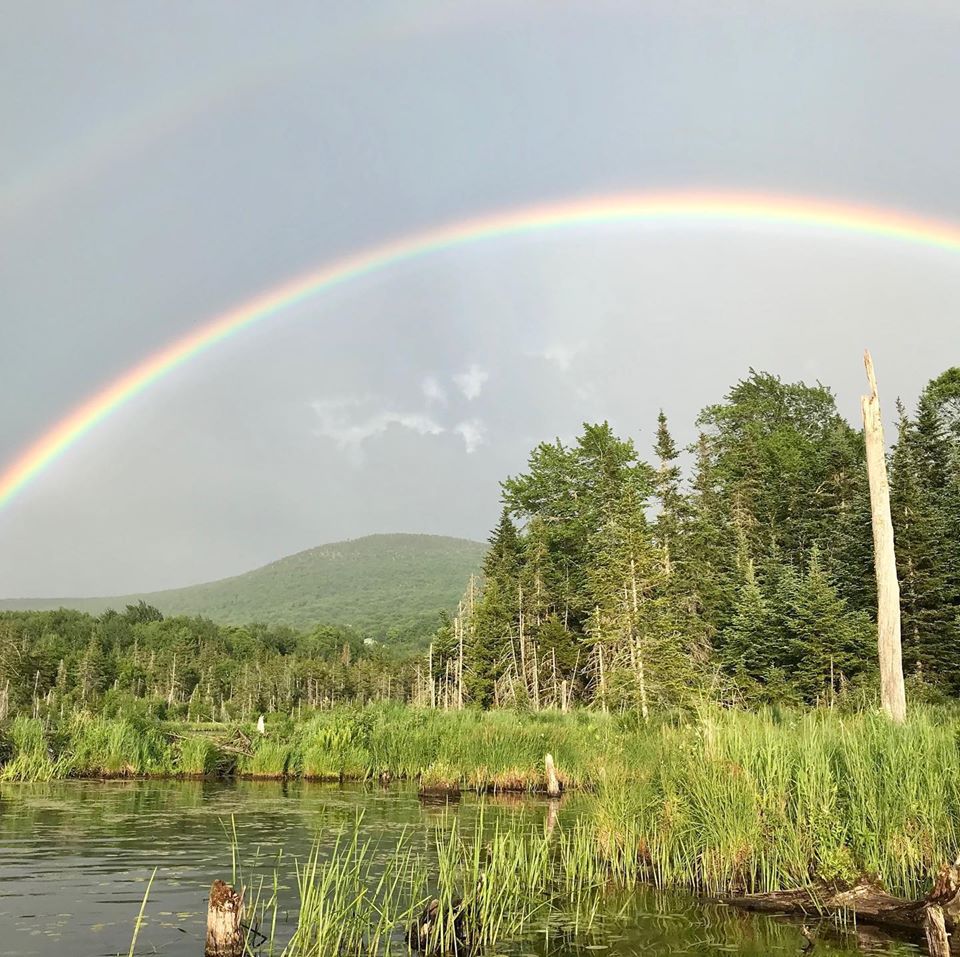
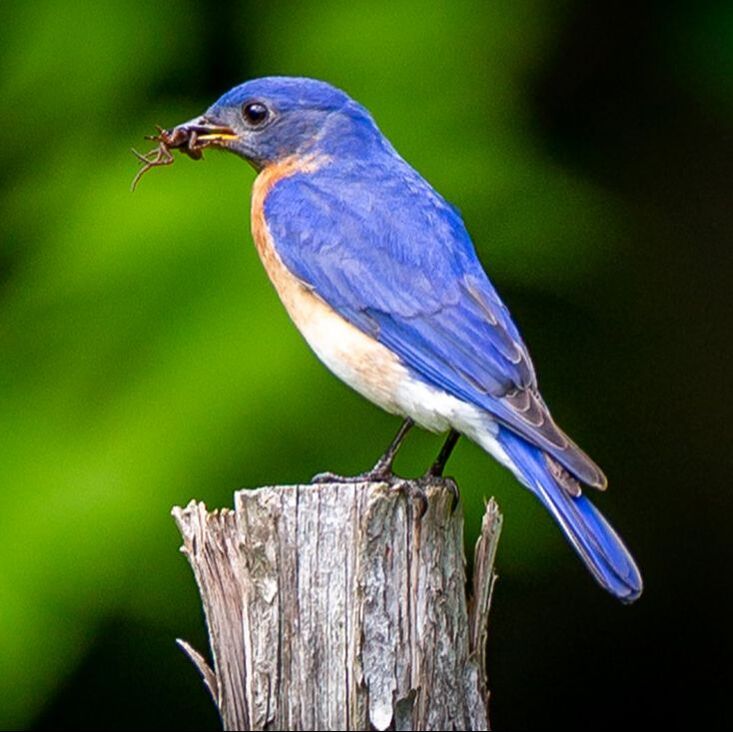
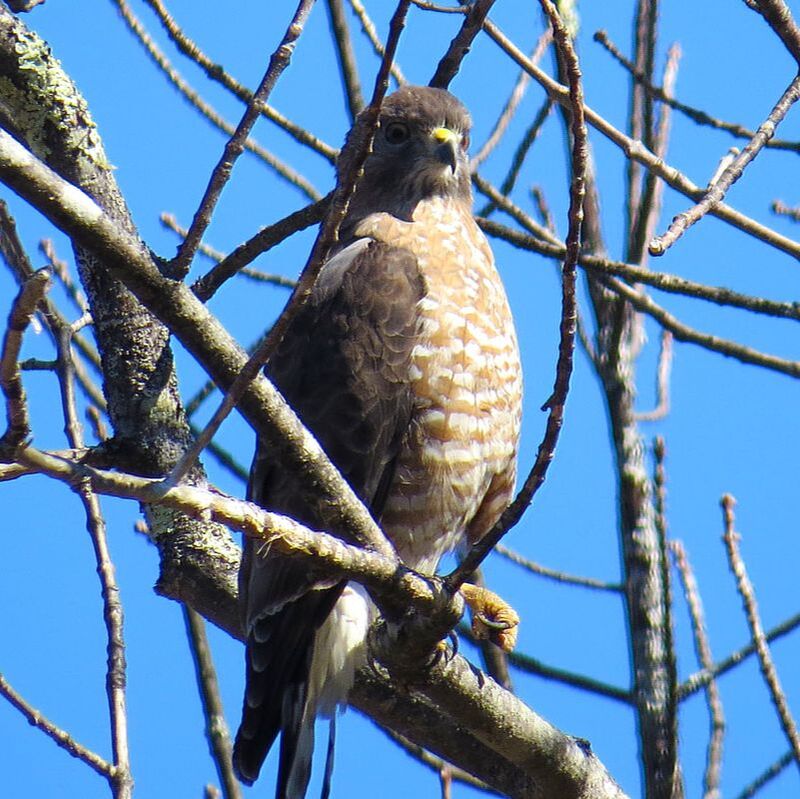
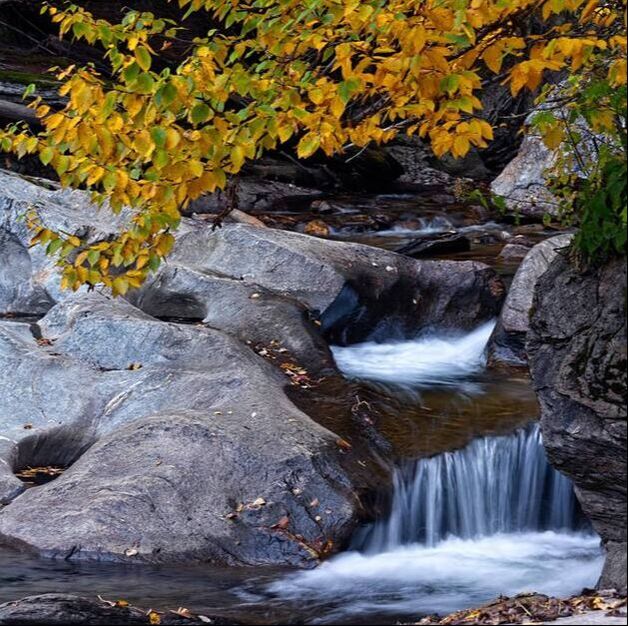
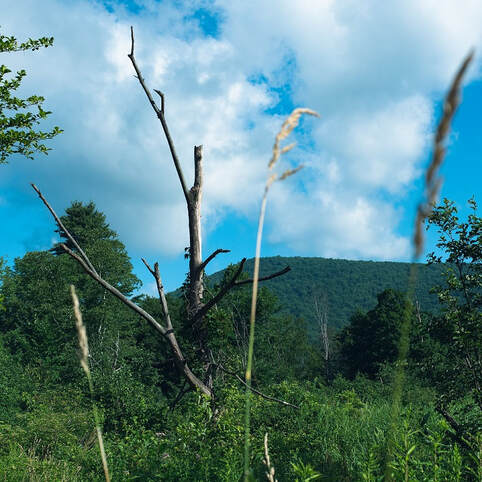
 RSS Feed
RSS Feed